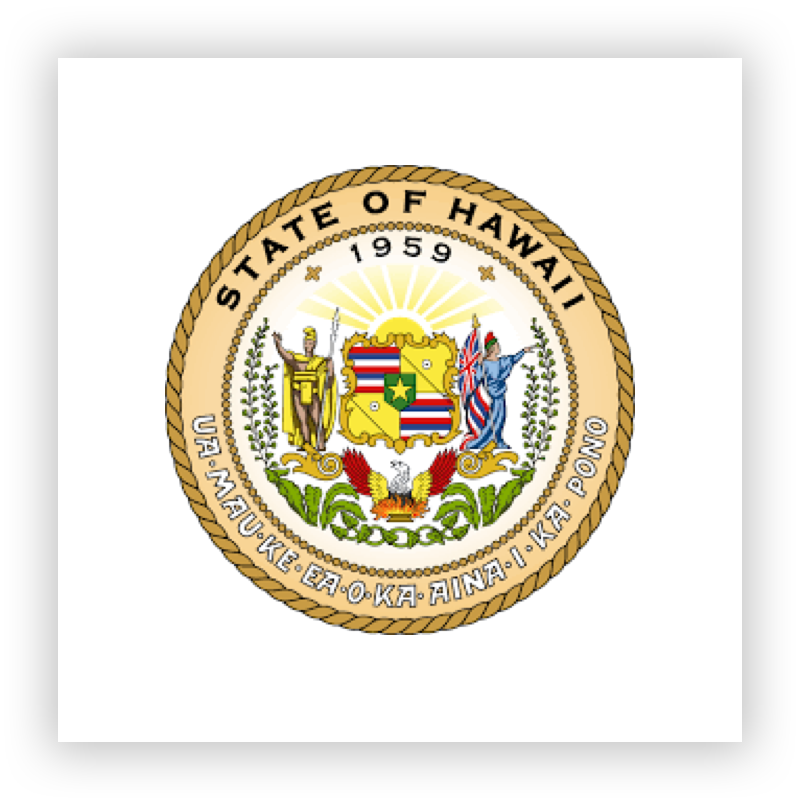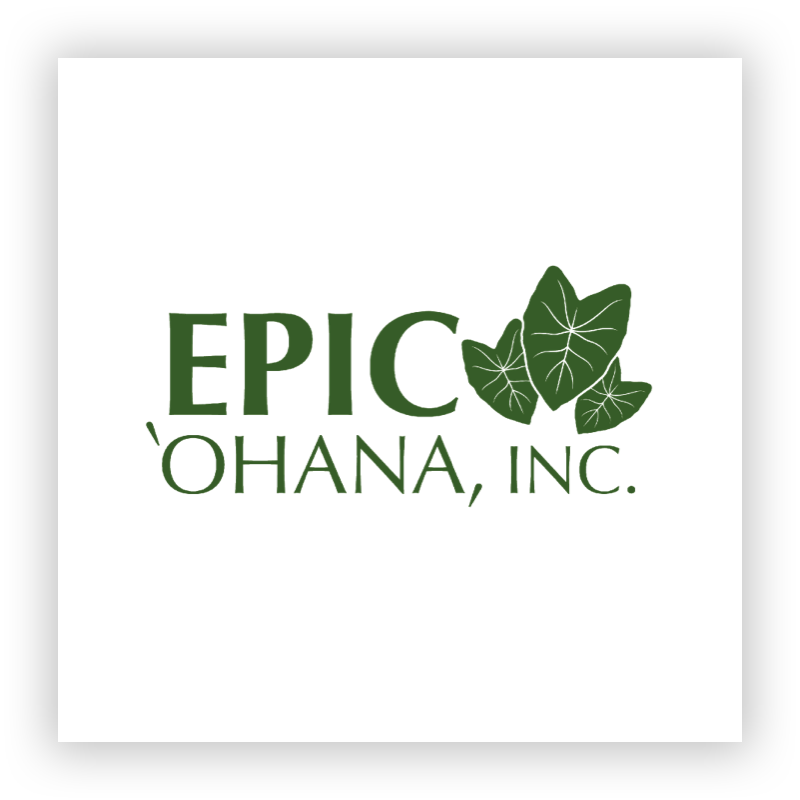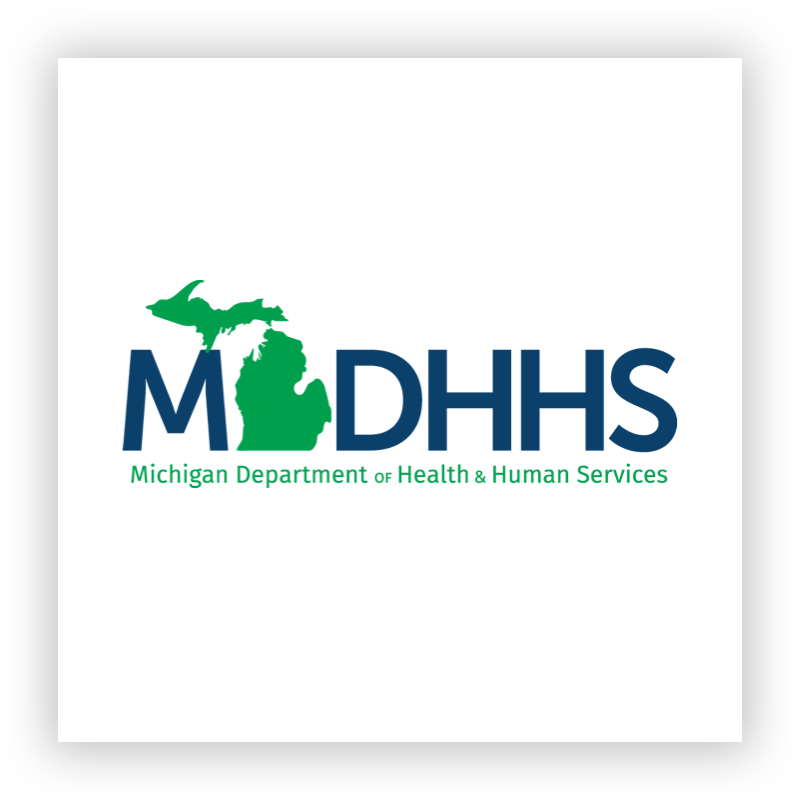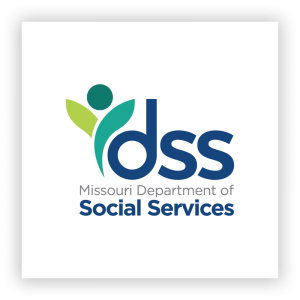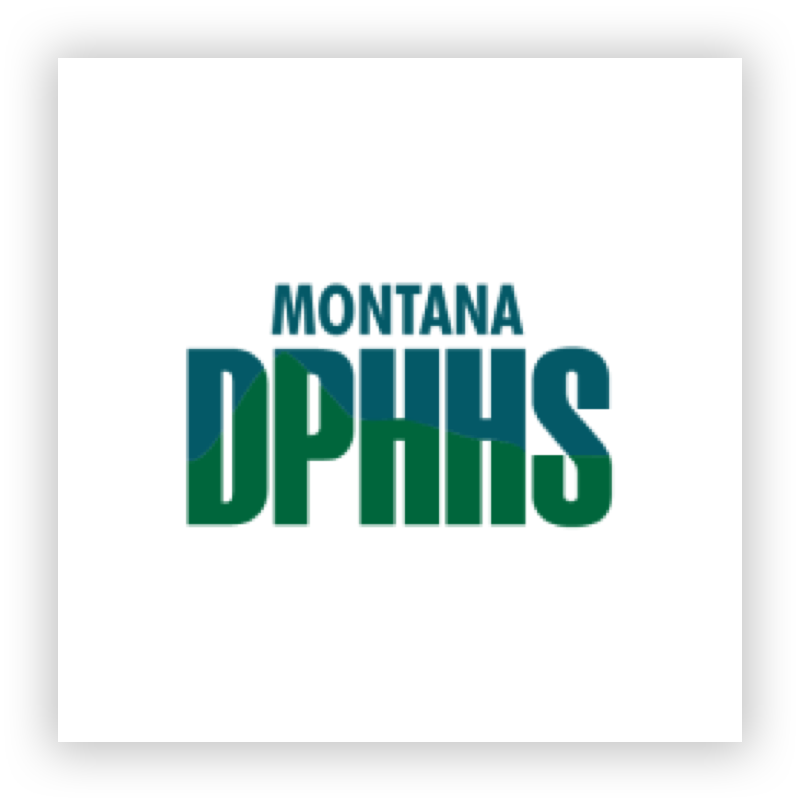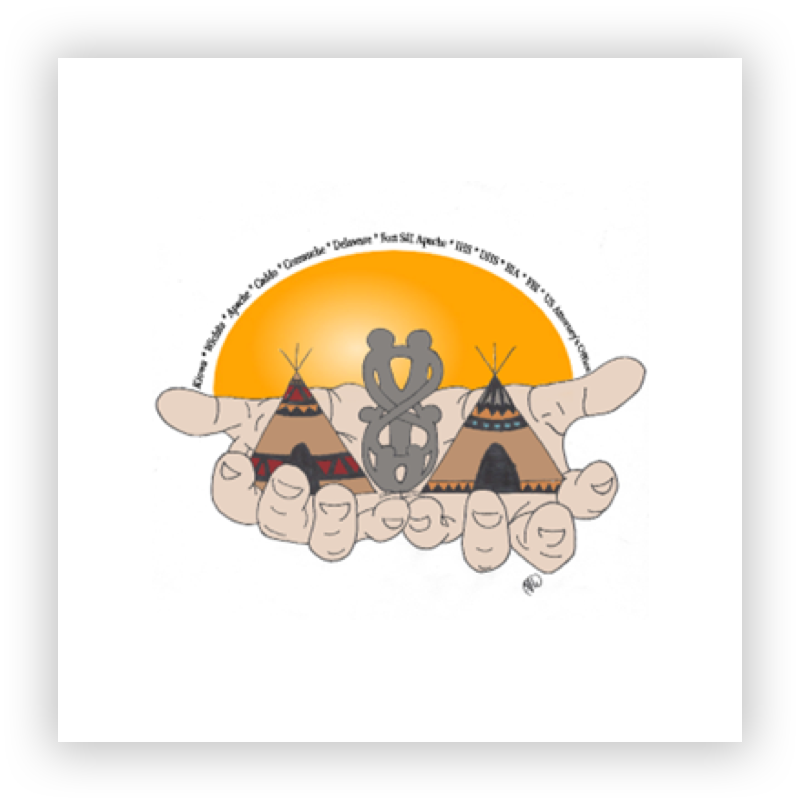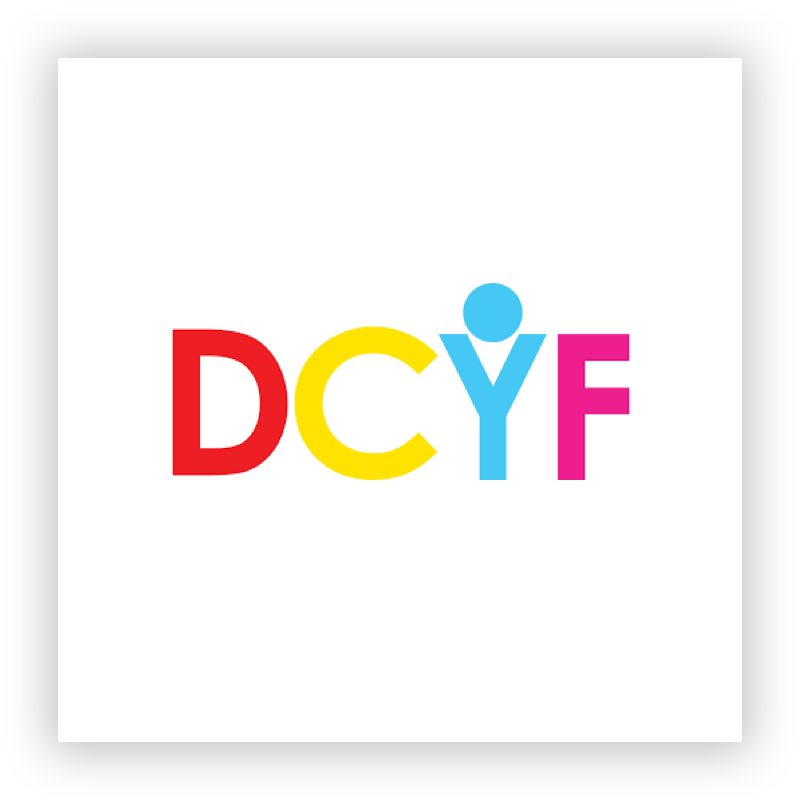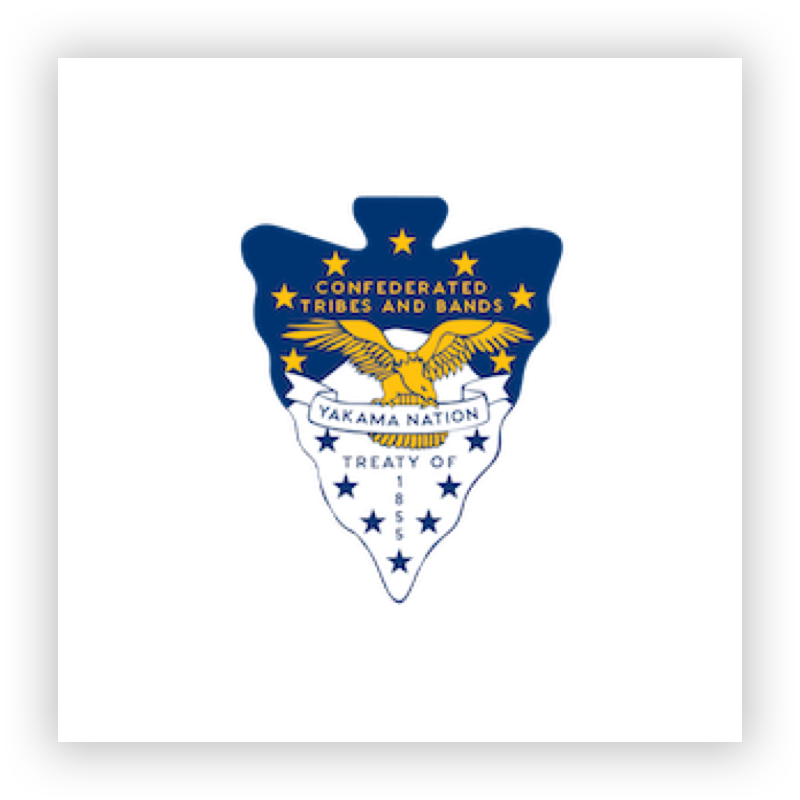What is a Pilot Site?
Ensuring that children and youth in care are engaged authentically, particularly in relation to permanency, requires a paradigm shift in how the child welfare system understands engagement and views their involvement in decision-making. Children and youth need to be seen as competent, knowledgeable experts who are partners in decisions about their lives, especially those related to legal, cultural and relational permanency.
To accomplish its goals, the Quality Improvement Center on Engaging Youth in Finding Permanency (QIC-EY) is partnering with the following sites:
- Hawaii
- Michigan
- Missouri
- Montana
- Rhode Island
- Oklahoma Southern Plains (CPT) Consortium
- Yakama Nation
Between 10/2022 and 9/2026, these sites will receive support and resources from the QIC to make changes in how they authentically engage children and youth. The information gained through evaluation of the work being done in the pilot sites will help to transform how children and youth are engaged authentically in child welfare systems throughout the nation.
Pilot sites will advance the authentic engagement of children and youth by working in partnership with the QIC-EY over the next four years to:
- Identify, implement and evaluate an authentic, child and youth engagement program model;
- Implement a child welfare training and coaching curriculum;
- Identify and implement systemic changes, and
- Partner with the courts to implement a training for court professionals and staff
Include youth in every aspect of court to address permanency not just in ‘permanency hearing’ but from the jump especially from the start of 72 hours hearings and/or shelter hearings after petition for removal has been made. Ask youth what they want, who they consider family right then and there to hold system accountable during investigative phase to due diligence on kinship options first and ‘family as defined by the youth.
Why be a pilot site?
There are many benefits for pilot sites. Among these are:
- Access to funding to cover staff time and support implementation
- Elevate attitudes, knowledge, and skills of the child welfare workforce so that they have competencies to effectively engage children and youth
- Enhance collaboration with judicial system
- Transform system culture and infrastructure to ensure that authentic youth engagement is included in all aspects of the child welfare system
- Advance alignment with CB goals and CFSR principals
- Increase efficacy and job satisfaction of workforce
- Improve long term outcomes related to the attainment of legal, relational and cultural permanence and an increase in stable permanence
- Become a member of a learning community comprised of other pilot sites
- Be a national change agent
What are the expectations of a pilot site?
Pilot sites are expected to:
- Support the goals of the QIC-EY through mission, policy and practice.
- Identify a champion who will ensure that the investment in the QIC-EY is ongoing and who will support adherence to the QIC-EY process.
- Engage children and youth in system change as well as selection and implementation of the child and youth program model.
- Engage in data collection and data sharing necessary to support evaluation.
- Engage the court to participate in child and youth engagement training
- Engage in the development and implementation of sustainability plans as well as the distribution of products to support the messages of the QIC-EY.
HAWAI’I
The State of Hawaii has seven inhabited islands and is considered home to 1.42 million people. Approximately 61% of the state’s population resides on the island of Oahu. The QIC-EY project will be implemented primarily in Oahu. The Hawaii Department of Human Services (DHS), Ka ‘Oihana Mālama Lawelawe Kanaka, Child Welfare Services Branch (CWS) centers self-sufficiency and the well-being of individuals, families and communities while applying the core values of collaboration, human-centered practice, respect, intentionality, co-creation of vision with clients, and utilization of evidence-based strategies. This work is embedded in the ‘Ohana Nui framework, which has a multigenerational and collective approach to serving children, youth and families.
The DHS works in partnership with EPIC ‘Ohana, Inc., to achieve the mission and vision of child and collective well-being. According to its mission, “EPIC works to strengthen ‘ohana and enhance the welfare of children and youth through transformative processes that are respectful, collaborative and solution-oriented.” EPIC believes that “families are the foundation of our community, and their well-being is inextricably linked to the health and prosperity of the community, state and nation.”
For more information about the QIC-EY project in Hawaii, please contact Lynne Kazama, MSW, LSW, Department of Human Services Assistant Program Administrator, Child Welfare Services Branch, at lkazama@dhs.hawaii.gov and Laurie Tochiki, PhD, JD, EPIC ‘Ohana Executive Director, at ltochiki@epicohana.org.
Michigan
The State of Michigan has a population of approximately 10,032,750. The Michigan Department of Health and Human Services (MDHHS) provides child welfare services through its Children’s Services Agency (CSA). The state has 83 counties that are organized into five regional Business Service Centers. The vision of the Children’s Services Agency is to lead Michigan in supporting our children, youth and families to reach their full potential. Its mission states that child welfare professionals will demonstrate an unwavering commitment to engage and to collaborate with the families we serve to ensure their safety, permanency and well-being through a trauma-informed approach.
Although approximately 50% of foster care cases in Michigan are managed through contracted private child-placing agencies, the QIC-EY pilot program will include only MDHHS staff due to the overlaps in statewide service areas for private agencies. The counties participating in the QIC-EY as intervention sites are Mecosta, Monroe, Muskegon and Oakland. The comparison counties are Ingham, Macomb, Midland and Oscoda.
For more information about the QIC-EY project in Michigan, please contact Sarah Goad, MSW, Foster Care, Guardianship and Adoption Program Office Manager, at GoadS@michigan.gov.
Missouri
Missouri, located in the Midwestern region of the United States, has a population of more than 6 million. Its four largest cities are Kansas City (475,378), St. Louis (315,685), Springfield (166,810) and Columbia (119,108). Its capital is Jefferson City. Most of the state’s counties have a population density between 1 and 100 persons per square mile, although the density in large urban areas reaches more than 5,000 persons per square mile. With approximately one-third of Missourians living in a rural area, Missouri has a higher percentage of rural population than most of the U.S.
The Children’s Division (CD) of the Missouri Department of Social Services is the agency designated to direct and to supervise the administration of the state’s child welfare programs. The Children’s Division works in partnership with families, communities, the courts and other governmental entities toward ensuring the safety, permanency and well-being of Missouri children.
The CD will pilot the QIC-EY project in the Southwest region of the state, which consists of 29 counties and includes Springfield. The Northeast region, which comprises 25 counties and includes Columbia, will serve as the comparison area for the QIC-EY project.
For more information about the QIC-EY project in Missouri, please contact Angie Swarnes, MS, Children’s Division Deputy Director of Permanency, at Angie.D.Swarnes@dss.mo.gov.
Montana
Montana, located in the Northwestern region of the United States, is the fourth-largest state in landmass. However, it is sparsely populated with slightly more than 1 million people. There are 56 counties in Montana. The capital city, Helena, is in Lewis and Clark County. The largest city in the state is Billings, located in Yellowstone County; it has a population of more than 160,000.
The Child and Family Services Division (CFSD) is a part of the Montana Department of Public Health and Human Services (DPHHS). It provides state and federally mandated protective and preventive services to children, youth and their families. This includes receiving and investigating reports of child abuse and neglect, working to prevent family violence, helping families to stay together or to reunite, and finding placements in foster and adoptive homes. “Keeping Children Safe and Families Strong” is the mission that drives the CFSD’s work in Montana.
The CFSD serves the State of Montana through six service delivery areas: Region I-Eastern, Region II-North Central, Region III-South Central, Region IV-Southwest, Region V-Western and Region VI-Northwestern. The CFSD is partnering with the QIC-EY to pilot the project in the Eastern, North Central and Southwest regions. These three regions include hub offices in the cities of Bozeman, Great Falls, Helena, Butte and Miles City. Collectively, they make up five of Montana’s eight largest urban areas. The South Central, Western and Northwestern regions will participate as the comparison group for the QIC-EY project; they include the urban areas of Billings, Missoula and Kalispell.
For more information about the QIC-EY project in Montana, please contact Courtney Callaghan, Child and Family Services Division Recruitment, Retention and Training Bureau Chief, at ccallaghan@mt.gov.
Oklahoma Southern Plains CPT Consortium
The Southern Plains Consortium comprises eight federally recognized tribes in the southwestern part of the state. Those tribes and their tribal enrollment numbers are represented by Indian Child Welfare, Social Services and Community Services programs. They include the Apache, Caddo (population 7,044), Comanche (17,675), Delaware, Fort Sill Apache (802), Kiowa, Cheyenne-Arapaho (13,352), and Wichita and Affiliated Tribes (3,730). The Southern Plains Consortium also includes Child Protection Team representatives of the U.S. Department of the Interior’s Bureau of Indian Affairs Community Services and Office of Justice Services, the U.S. Department of Justice’s Offices of the United States Attorneys and the Oklahoma Department of Human Services (OKDHS). Each of the eight tribes is a sovereign nation. All of the tribes provide an array of services for their memberships and work in collaboration as the Southern Plains Consortium. For this consortium, all of them will participate in the QIC-EY pilot to enhance collaboration to aid in developing and providing services for their children and youth.
For more information about the QIC-EY project in the Oklahoma Southern Plains Consortium, please contact Sandra Mithlo, MSW, Comanche Nation Social Services Director, at sandra.mithlo@comanchenation.com.
Rhode Island
Rhode Island is the smallest state in the United States and has a population of approximately 1.1 million. The Rhode Island Department of Children, Youth and Families (DCYF) has combined responsibility for child welfare, juvenile corrections and children’s behavioral health services. The DCYF is a child welfare system administered by the state. It provides ongoing child welfare case management and support through four regional offices.
The mission of Rhode Island DCYF is to “build a system of care where every child grows up in a safe and loving family environment that supports the development of strong, resilient families throughout the state of Rhode Island.”
The intervention area for the QIC-EY includes the Region 3 Family Services Unit (FSU) and the Voluntary Extension of Care (VEC) program. Region 3 covers Kent and Washington (South) counties. The VEC program, based in the state’s capital city of Providence, serves youth, ages 18-21 from all parts of the state. The comparison area for the QIC-EY is Region 2, which covers East Bay.
For more information about the QIC-EY project in Rhode Island, please contact Winsome Stone, MS, Department of Children, Youth and Families Assistant Director, Family Services Unit, at winsome.stone@dcyf.ri.gov.
Yakama Nation
The Yakama Nation is a federally recognized tribe that has 11,000 enrolled tribal members who are made up of 14 Confederated Tribes and Bands of the Yakama Nation. Their tribal lands comprise 1,130,000 acres located in the southwestern part of Washington State. The Yakama Nation is a sovereign nation. It provides numerous types of services to its membership and works in collaboration with relevant stakeholders who are involved in the QIC-EY pilot to assist and to support Yakama Nation children and youth through the Yakama Nation Nak Nu We Sha program (tribal child welfare agency) and the Yakama Nation Tribal Court.
For more information about the QIC-EY project in the Yakama Nation, please contact Gloria “Cassey” Aranda, Yakama Nation Nak Nu We Sha Case Manager/Social Worker Supervisor, at cassey_aranda@yakama.com.

